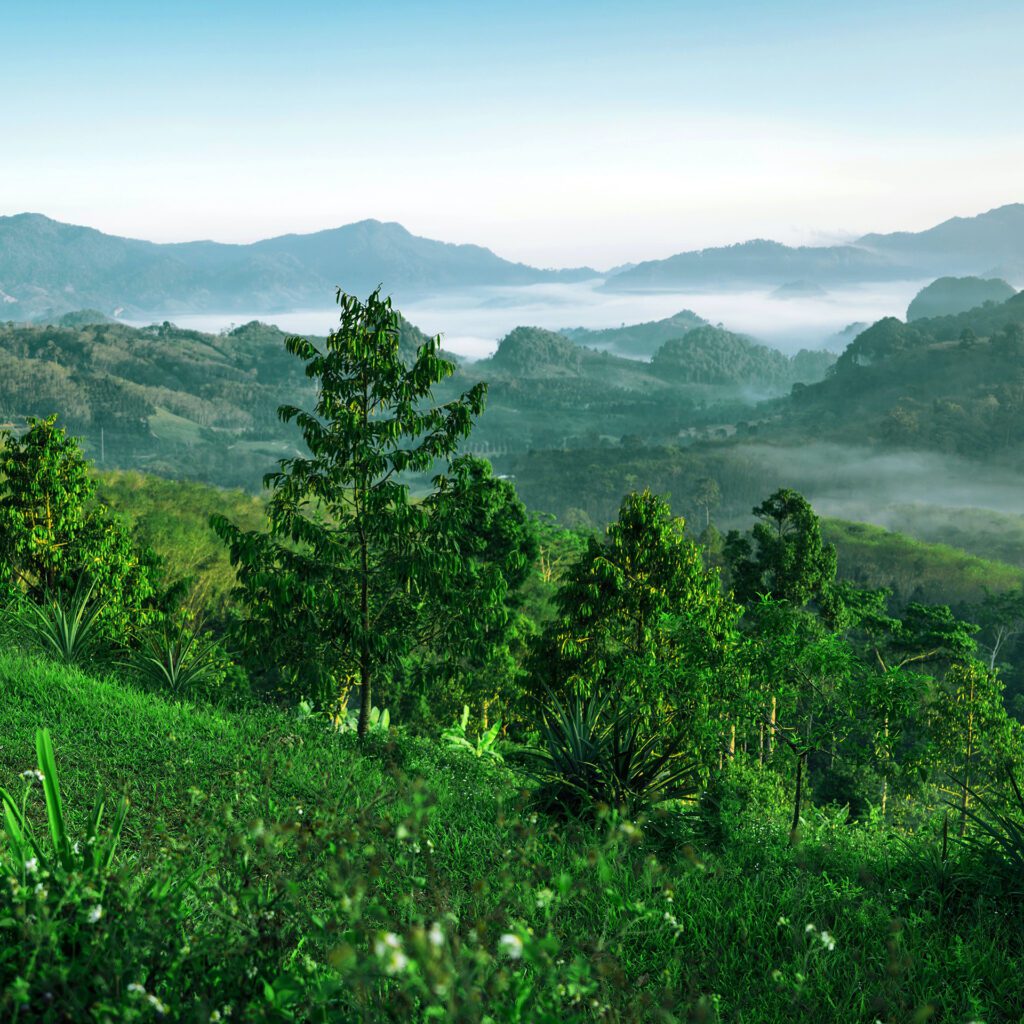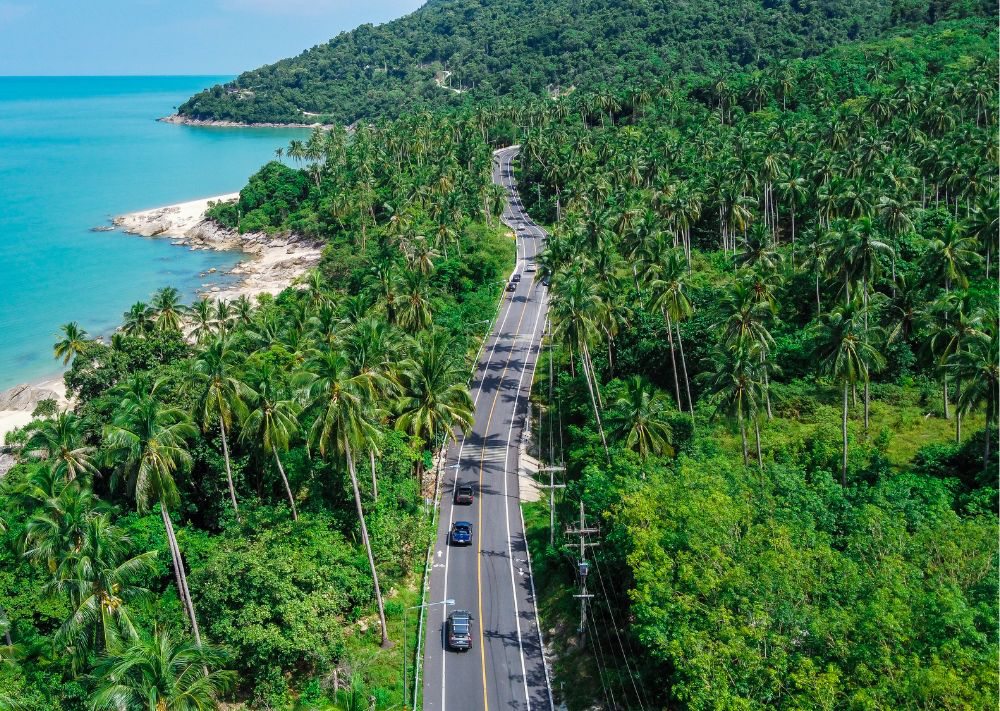A new initiative has just been launched to promote a region of Thailand as the green capital of the Kingdom, revealing one of the country’s best kept tourism secrets.
PUBLIC AND private sectors are uniting to help the green lungs of Thailand’ breathe new life into the Kingdom’s tourism industry.
The southern Thai province of Nakhon Si Thammarat is home to some of the country’s most remarkable landscapes and a huge diversity of flora and fauna.
For many years it has remained a well-kept secret, attracting only Thai residents and intrepid in the know’ international visitors. But all that is about to change.
A combination of public sector promotion, private sector innovation and enhanced transport infrastructure is set to open this ecological paradise to the world.
A new international terminal is due to launch at Nakhon Si Thammarat Airport before the end of 2023, prompting a wave of overseas visitors with direct flights expected from Singapore, Taiwan, China and Malaysia.
To coincide with this major development, the provincial governor’s office and the Tourism Authority of Thailand (TAT) have both confirmed plans to increase tourism promotion, based on the key pillars of nature and community.
Nakhon Si Thammarat sells nature in abundance, said Mr. Apinan Phuakphong, Governor of Nakhon Si Thammarat.
There are 200km of mountains, 200km of sandy beaches and perfect air quality. In future, we will also develop the medical and wellness sector, further leveraging our natural heritage.


The region is just an hour’s flight from Bangkok and has the popular tourist island of Koh Samui visible offshore.
Our focus is nature and community, said Ms. Pitsinee Tatniyom, TAT’s Director for Nakhon Si Thammarat.
We feel it will appeal to Thais and international visitors now more than ever before, as it offers a chance for a personal detox a chance to reset and get back in touch with nature.
This call-to-action has been heeded by the private sector and specialist tour operators have unveiled new itineraries for the province.
Tarzan Adventure recently launched a dragon’s back-style trekking program that takes experience-seekers on a journey into Khao Luang National Park, including mountain ridges, jungles, natural hot springs, waterfalls, valleys and canyons.
Multi-day adventures are also available, including the chance to scale the 1,780-metre summit of Khao Luang, Thailand’s second highest peak.
The 570-square-kilometre national park is also home to the 1.7km-long Hong Cave, the 19-tier Karom Waterfall, the crystalline waters of Klong Nam Sai, as well as numerous rivers and rock formations.
These geological attractions add to the 300 types of orchids, 340 species of bird and large mammals such as leopards, tapirs and porcupines in the area, making it an outstanding option for wildlife and landscape photography.
Just a short drive from the national park, Sichon was recognised by world-renowned travel guide Lonely Planet as one of the best 10 beaches in Thailand.
This will be the location of Urasaya, a new residential and hospitality development that will promote eco-conscious, locally inspired tourism.
Nakhon Si Thammarat is like Thailand unplugged, said Mr Ravi Chandran, Senior Advisor to Urasaya.
It feels as unique and pristine as it was 30 years ago. Many travellers crave the Thailand of the past, before mass tourism arrived.
This is the place where it still exists a place to escape, to revive your senses and enjoy a detox from daily life.



